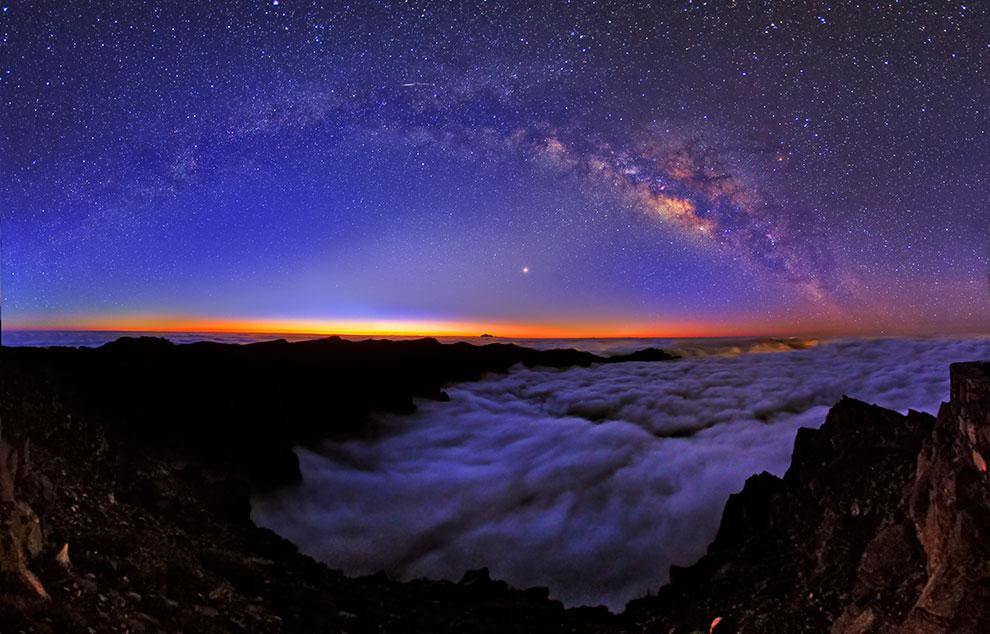In La Palma, the path traced in the stars has been materialized so that everyone who wants to can stop, walk it and reconcile with their surroundings before returning to their usual universe.Walking in the darkness of La Palma provides an experience that differentiates this walk from any other in the world: the stars. The quality of their sky puts them not only within the reach of the eye, but can almost be touched with the fingers. Those who contemplate them end up feeling that perhaps they can understand the universe or, at least, understand themselves a little more.
This is known by the inhabitants of this Canarian island in the Atlantic Ocean, who have valued their most precious treasure for centuries, although it was in 1988 when their commitment to a law for the protection of the quality of the sky became effective. It is also appreciated by the researchers of the Institute of Astrophysics of the Canary Islands (IAC), whose headquarters in La Palma are at the Astrophysics Center, in Breña Baja, and at the Roque de los Muchachos Observatory, in the municipality of Garafía. This international observatory is part of the network of Unique Scientific and Technical Infrastructures (ICTs) of Spain. That is why the members of the international community that use the Observatory share and divide the hours of the early mornings of the whole year to study the universe. They do it from the telescopes of this majestic peak that rises, even, above the clouds that strike like the sea on its slopes. But also further down, in the midlands, and on the coast, at the foot of the beach, on the paths and royal roads, or further south, on volcanic lava, anyone who travels there guesses that the secrets of human beings are not so different from those of the sky that shines full of points on their head.
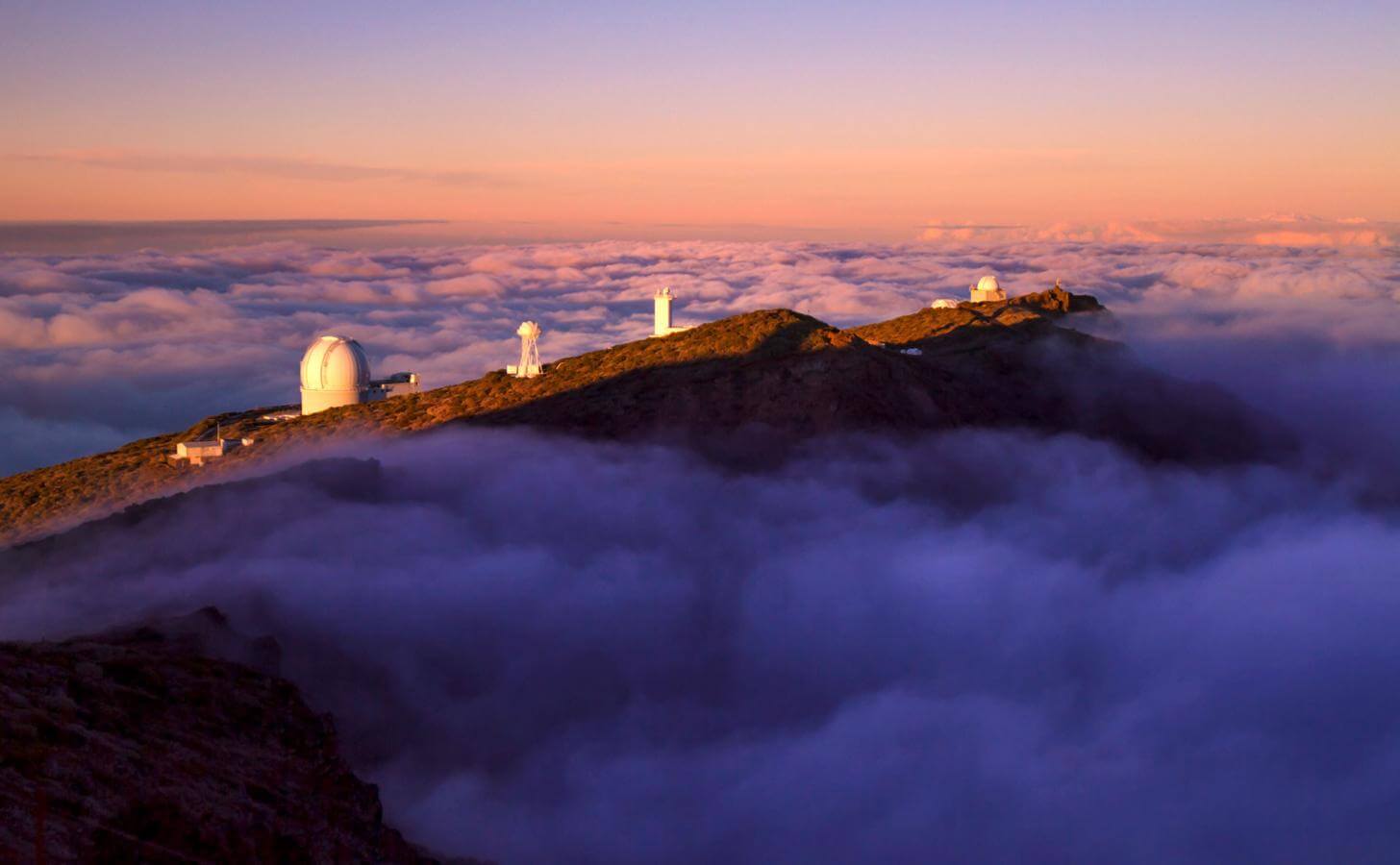
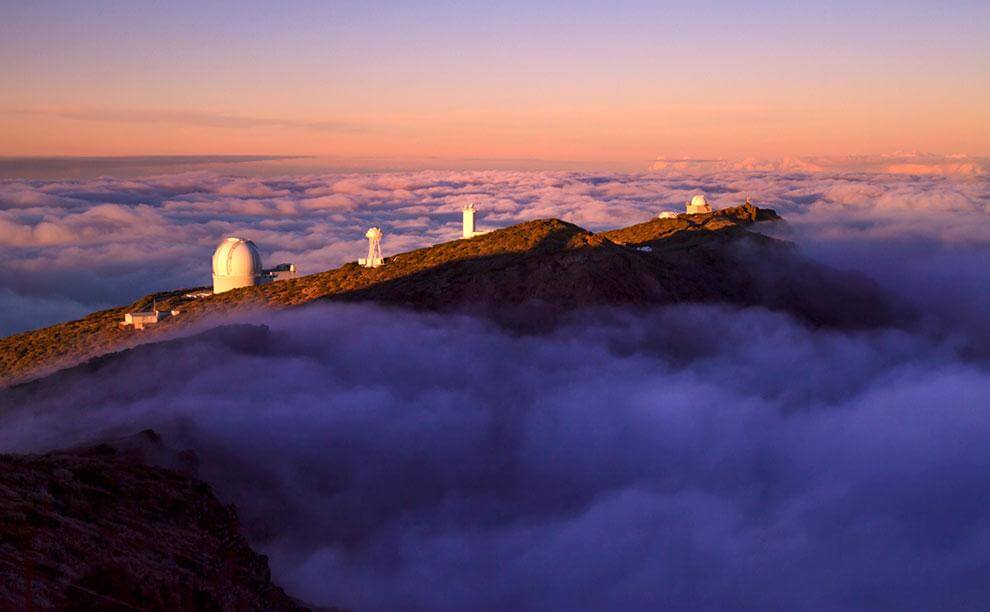
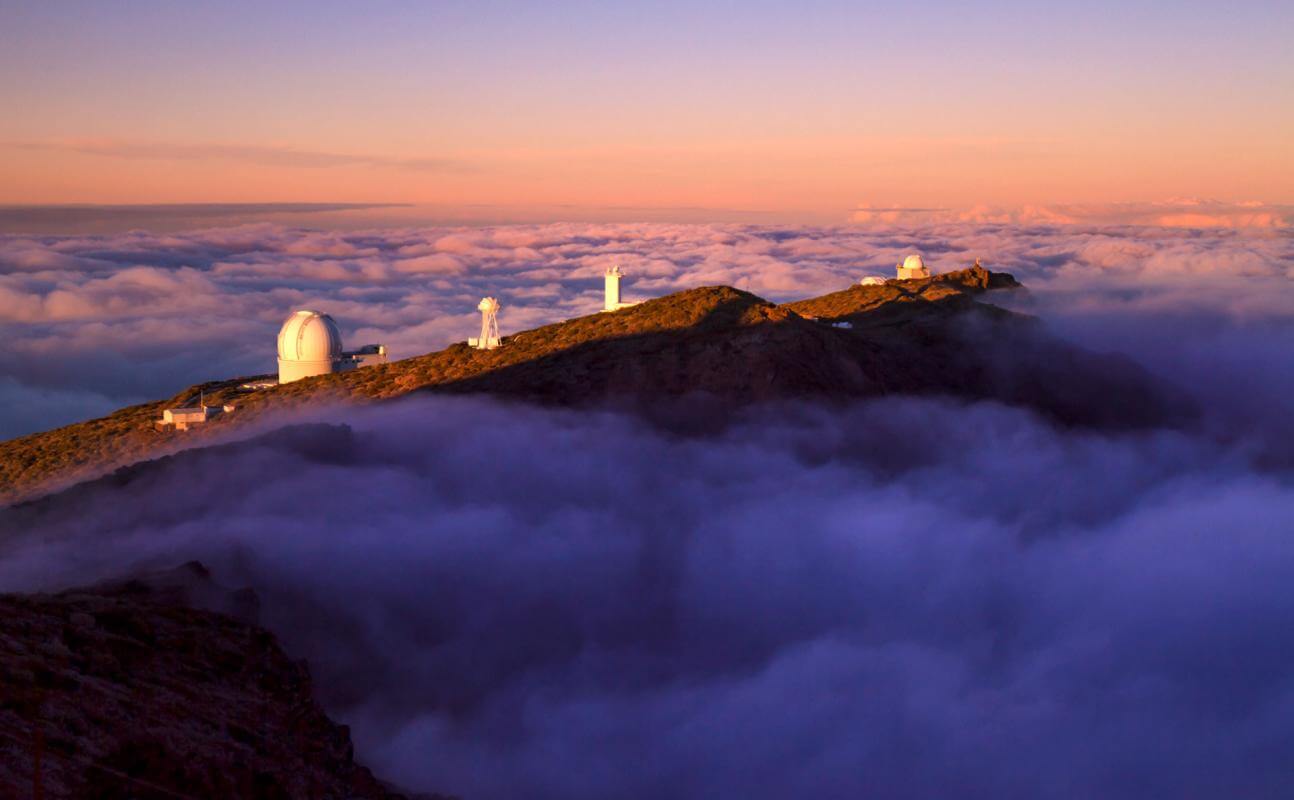
It's the pure thrill of being alive, an experience that happens every day of the year on an island declared a Biosphere Reserve by UNESCO. La Palma is a paradise for hiking and other active leisure activities to which gastronomy must be added, since the island is also part of the Savor Spain quality brand. All these activities have been aligned to become the basis on which the offer of this "Isla Bonita", recognized as a Starlight Reserve and Tourist Destination (www.starsislandlapalma.es), is based.
A Little Closer to the Origin of the Universe
AThis search is also experienced by the astrophysicists of Roque de los Muchachos as part of a work with which they not only see, but also hear the heartbeat of the origin of the universe, thanks to the sounds and colors they study from planet Earth. Carlos Allende Prieto, a researcher at the IAC, is part, along with David Aguado, Jonay González Hernández and Rafael Rebolo, of the group of researchers who have been rewarded for their years of work with the discoveries made with the instruments of the telescopes of La Palma. Thanks to their research, more is now known about how it all began. If in recent years the precise dating of the Big Bang has been possible, now we are a little closer to understanding the first moments of the universe. All this through the observations of the lithium found in the oldest stars, discovered in the Roque de los Muchachos.
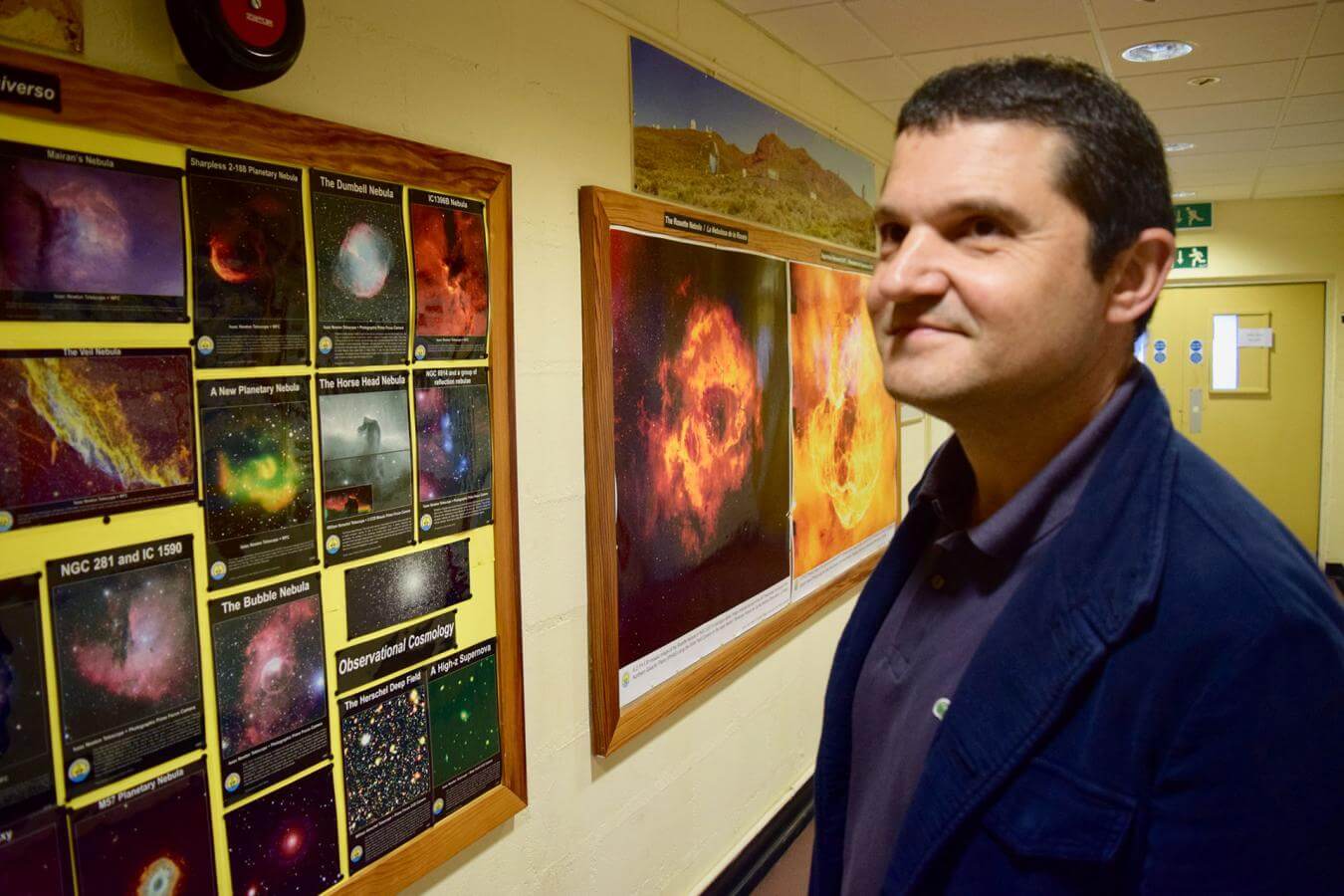
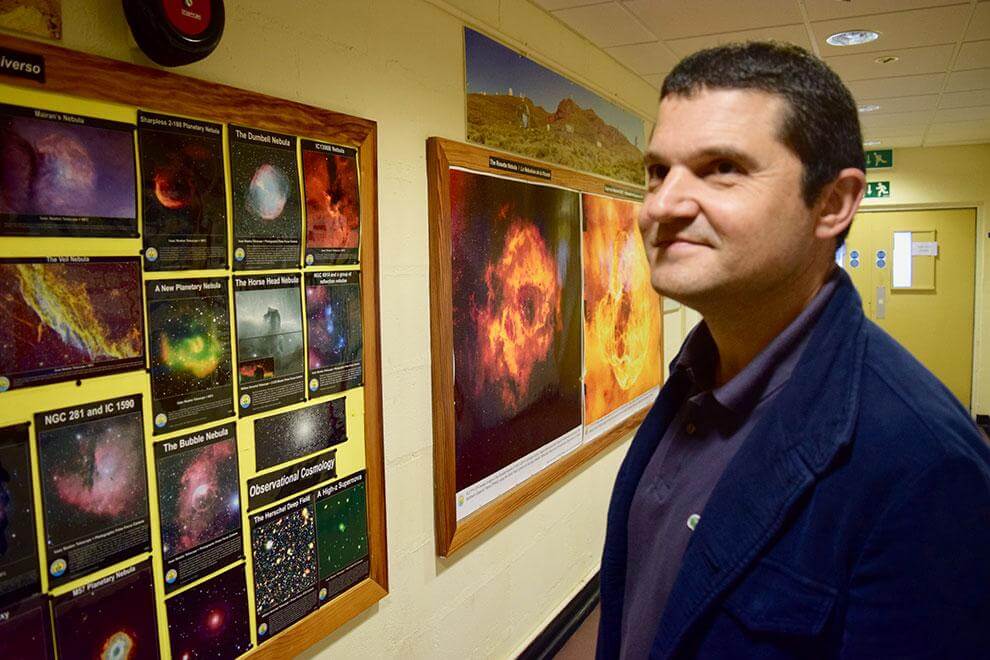
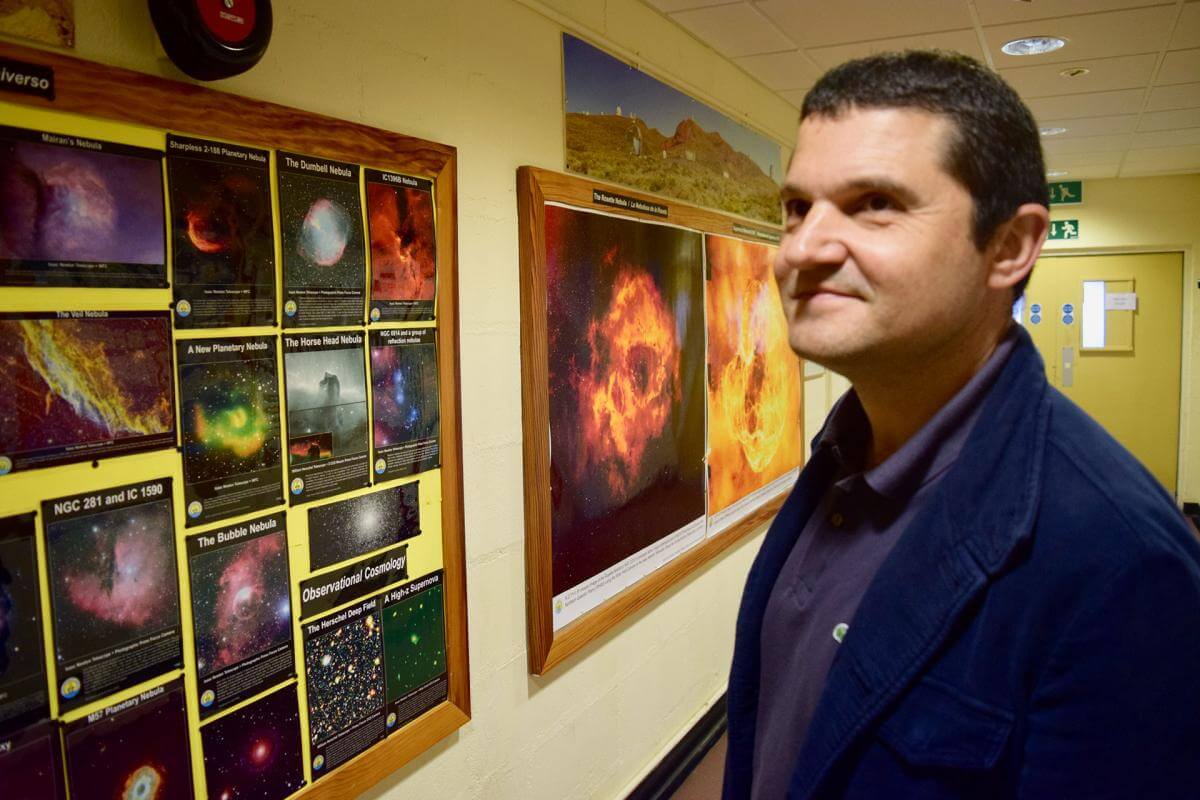
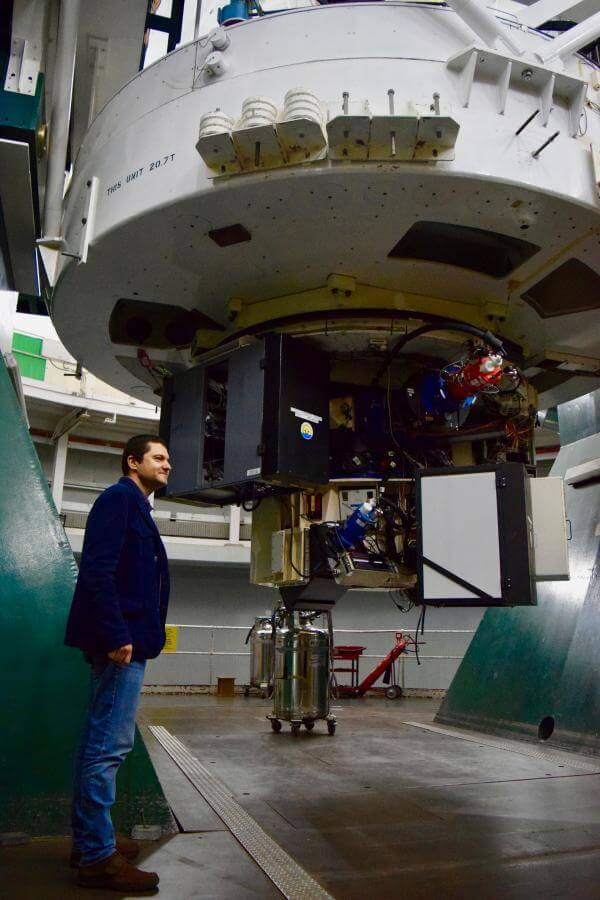
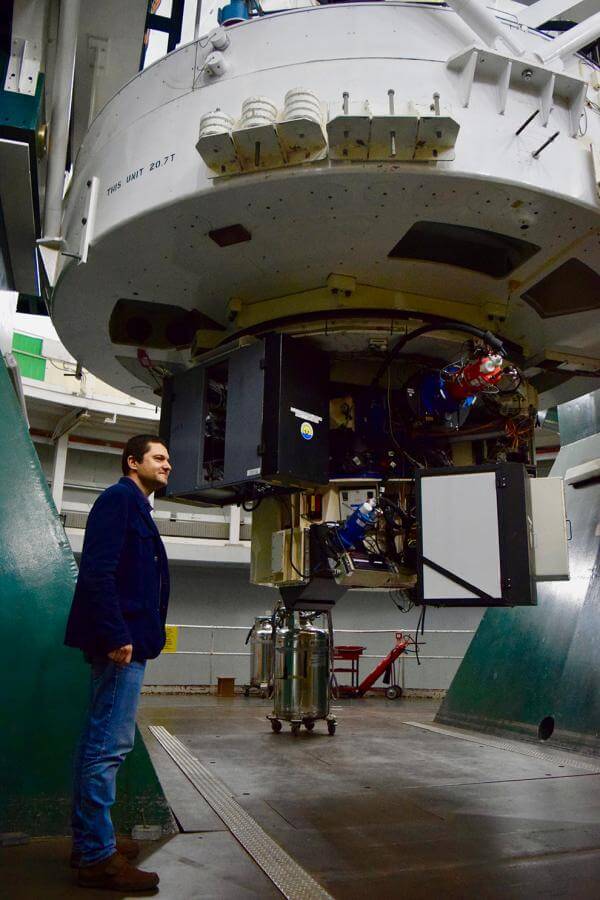
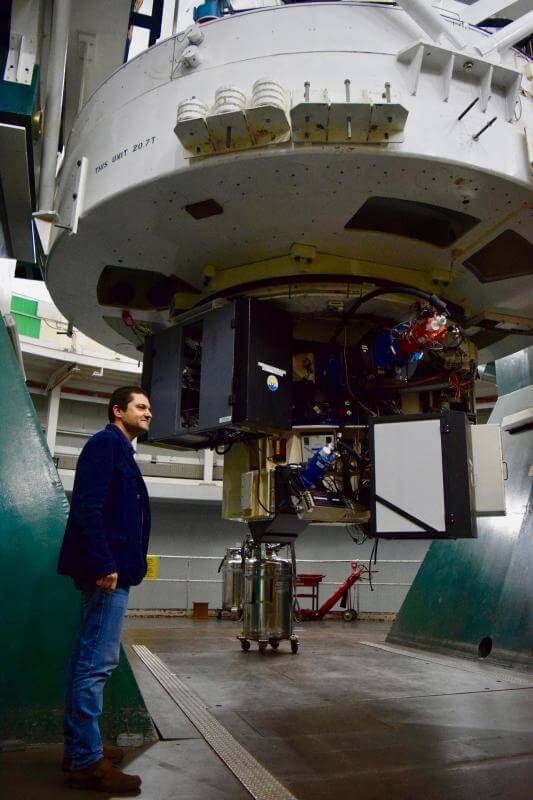
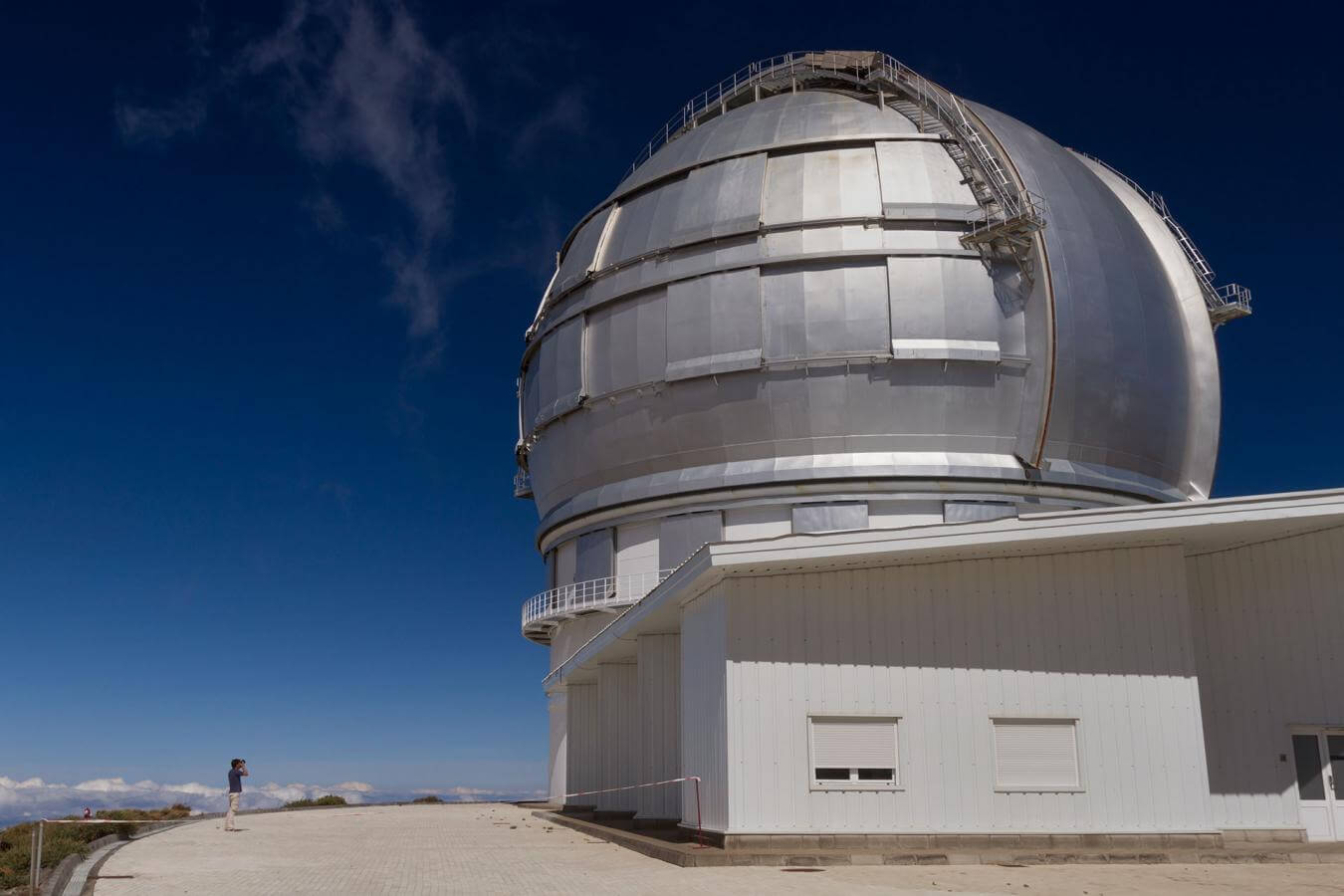
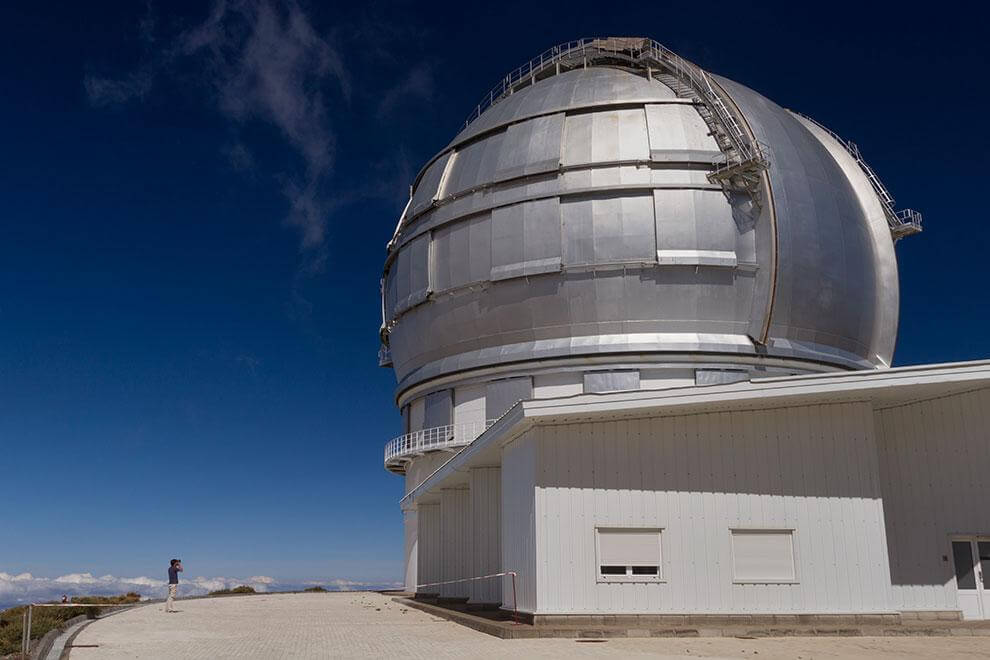
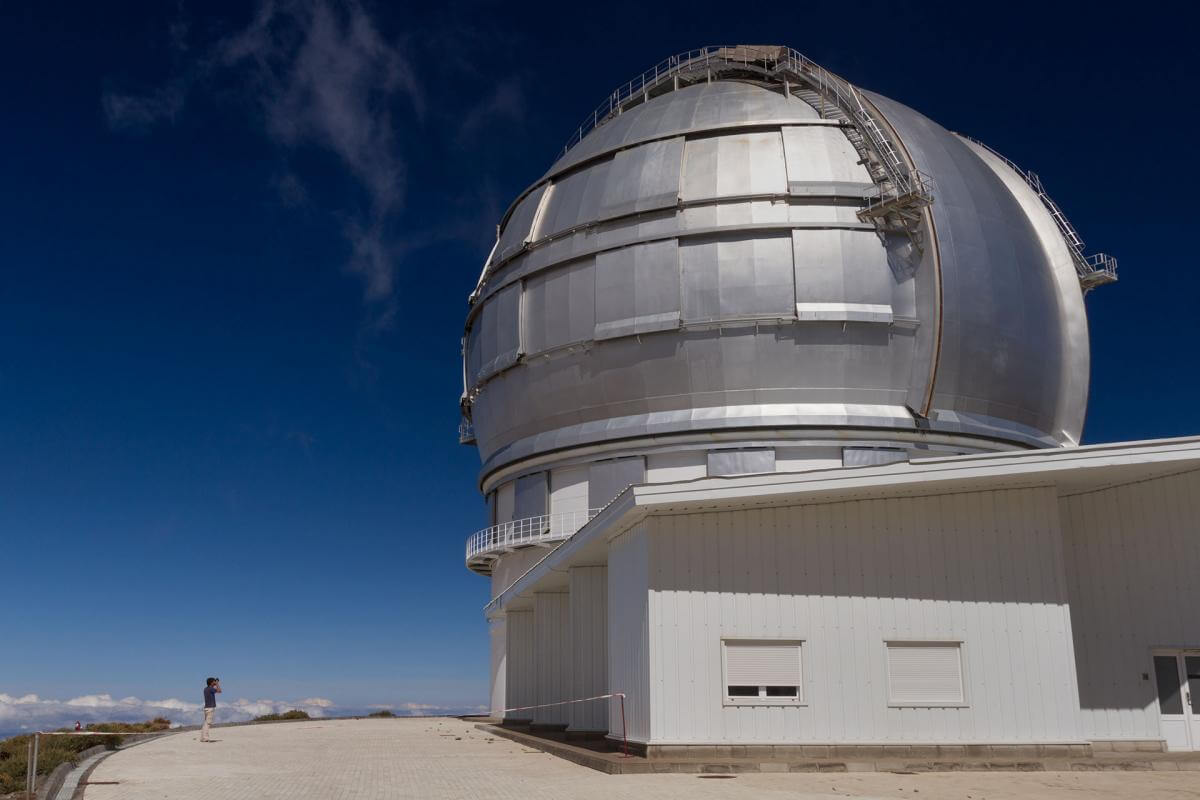
“When you say you work in La Palma at an international astrophysics meeting,” Carlos Allende enthuses, “everyone knows the place you're talking about.” At the site, in his opinion, there are unique circumstances in the world both for scientific research and for the enjoyment of the stars by the general population, while protecting the right to the night sky and starlight. In fact, with the measurements made on the "Isla Bonita" together with the team of which it is a part, it has been possible to recognize some of the most primitive stars, which provide valuable information on the chemistry of the early universe. In addition, Allende Prieto has led the development of one of the six instruments currently on the Gran Telescopio Canarias (GTC).
The Joy of Observing the Sky
The observation of the stars creates a similar enthusiasm in all the people who enjoy it, either to study them or to show those who visit La Palma the wonder they have at their fingertips just by looking up. (https://lapalmastars.com/). Since 2012, the island of La Palma has positioned itself in the international tourism market along with other entrepreneurs on the island. Thanks to the exceptional conditions of the Palmerian sky and the promoted business model, you can explore the exceptional night sky through astronomical services such as tours, astronomy workshops and introduction for amateurs, and even astronomical photography and advanced night photography courses. Throughout the island there are numerous tourist companies specialized in astronomical tours that will allow us not only to enjoy the splendid sky of this island, but also to know the secrets that the universe normally conceals from the inexperienced eye.
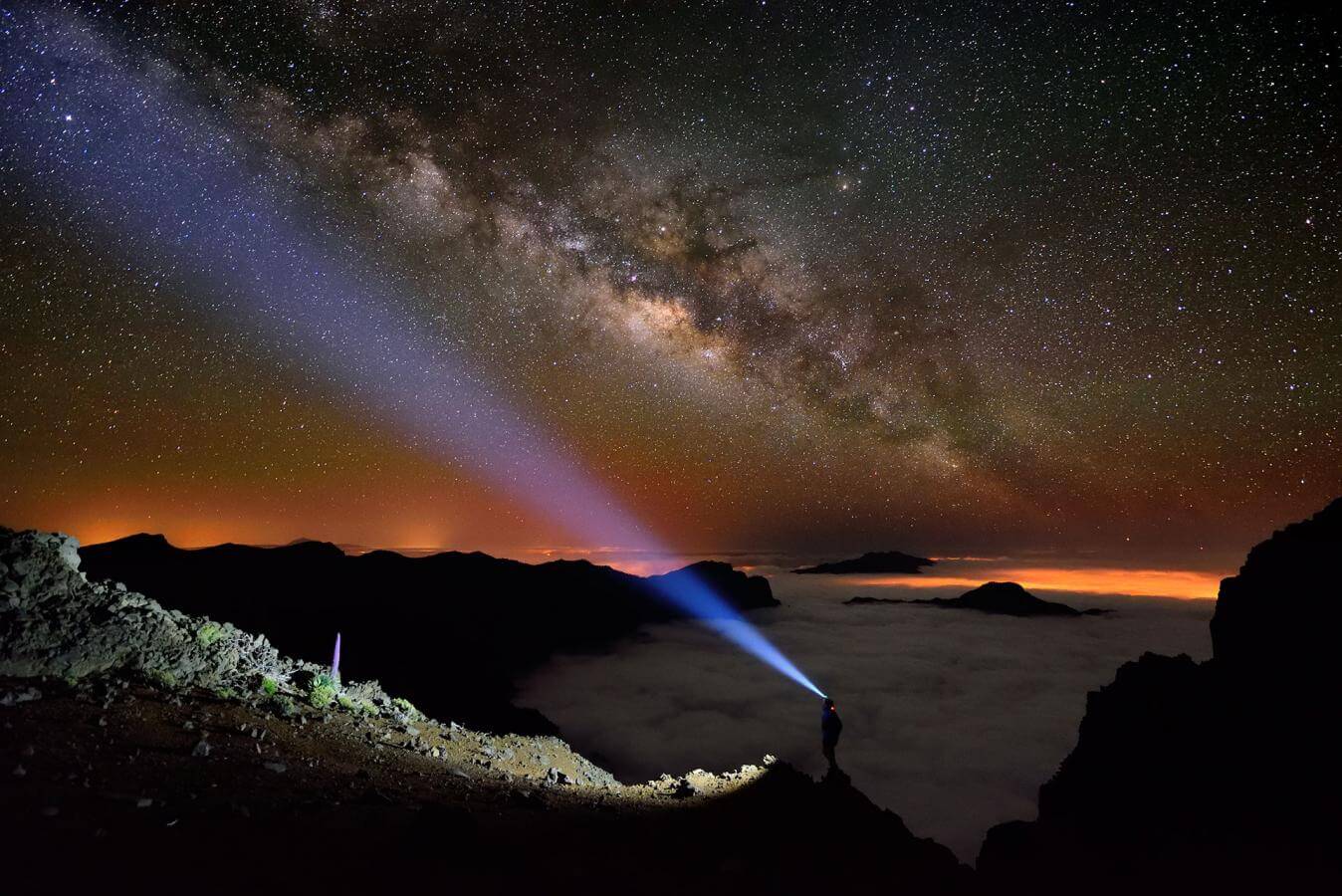
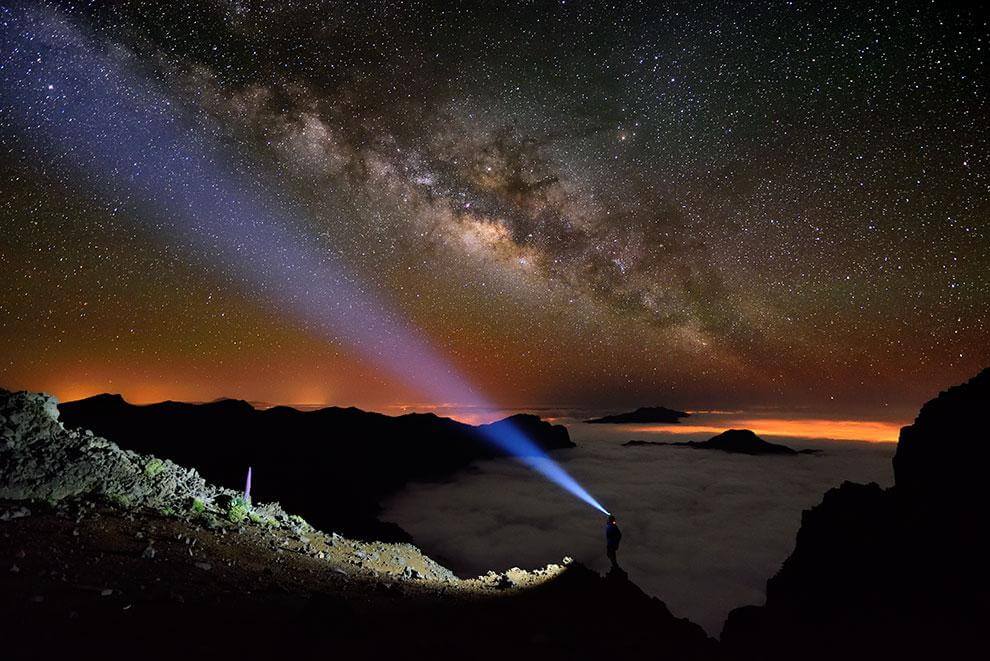
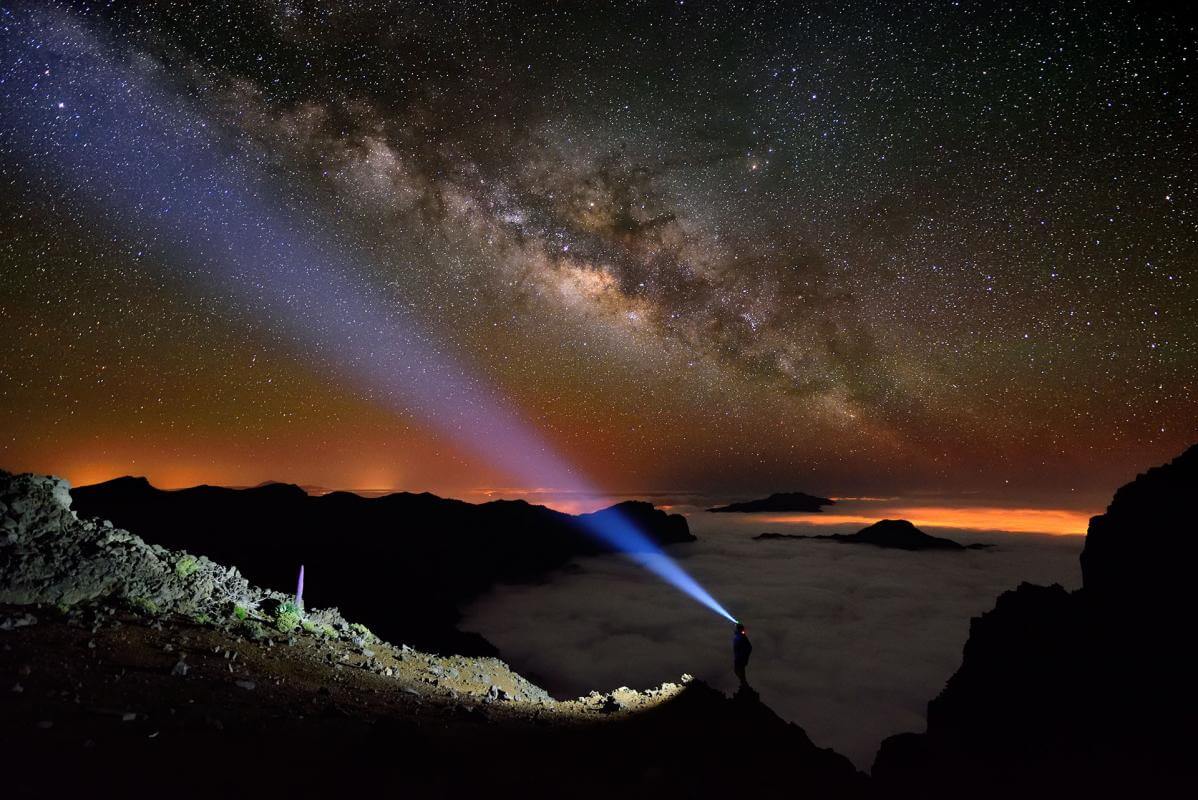
Growing Up Under a Blanket of Stars
Committed to maintaining its current status as an astronomical destination, significant resources are currently being allocated to the creation of more infrastructure, as well as the permanent renovation of signage and hiking viewpoints. Among the new projects that the visitor can know about on the island are the themed gastronomy to feel the universe, as well as the new Visitor Center of Roque de los Muchachos, inaugurated in 2021.
Another of the initiatives underway is the international meeting of researchers, to which a Walk of the Stars of Science has been dedicated, located on the avenue of Santa Cruz de La Palma, inaugurated by the prestigious theoretical physicist Stephen Hawking. In addition, the entire island celebrates the stars with film festivals such as the Festivalito La Palma, or night races during the Transvulcania or the Reventón Trail. With them, the sky is also a source of inspiration for art and sport.
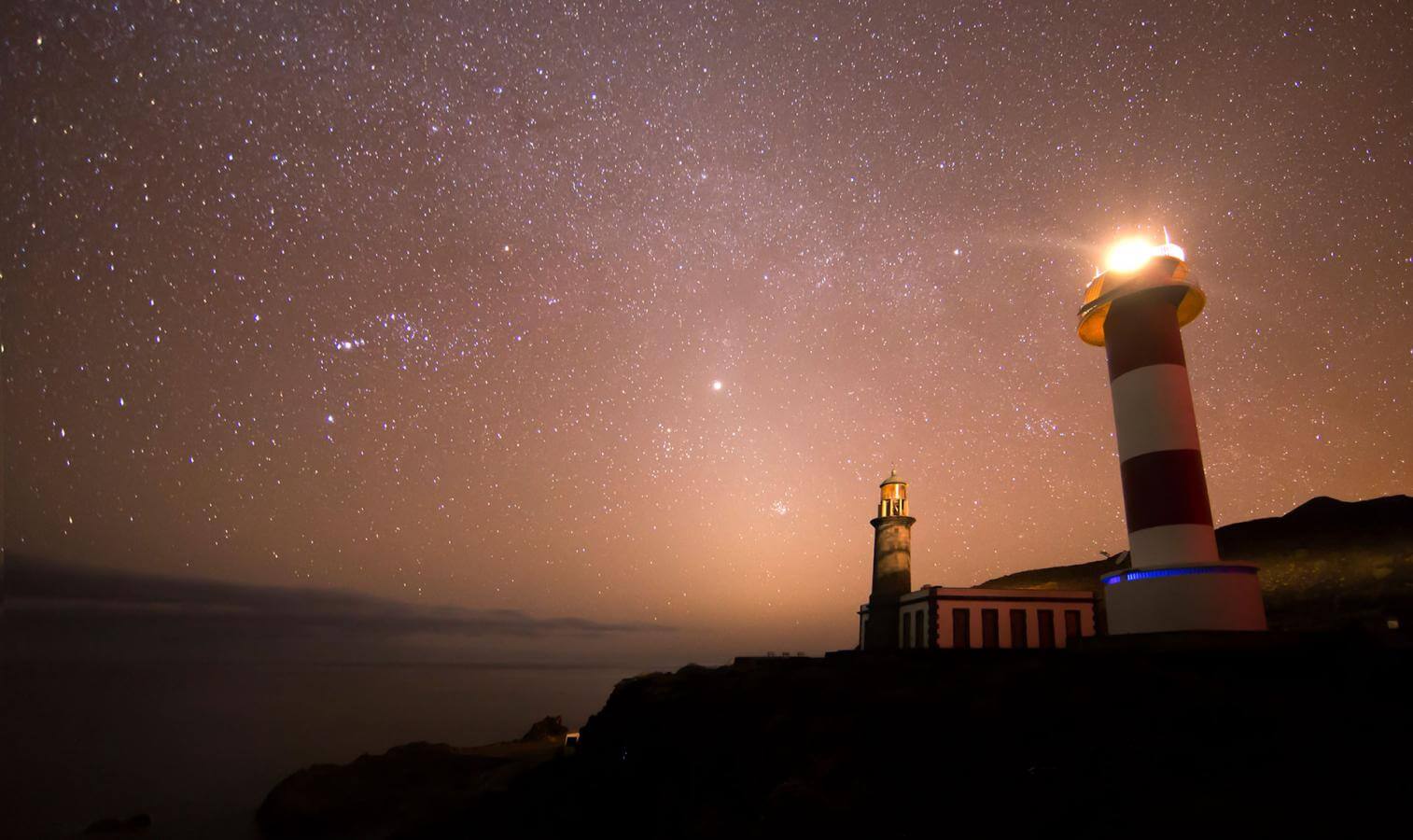
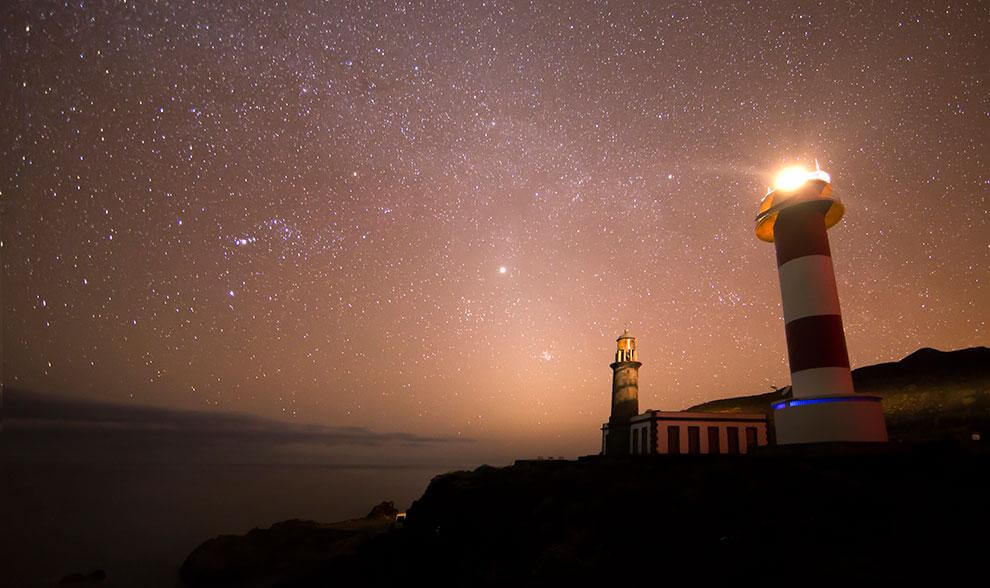
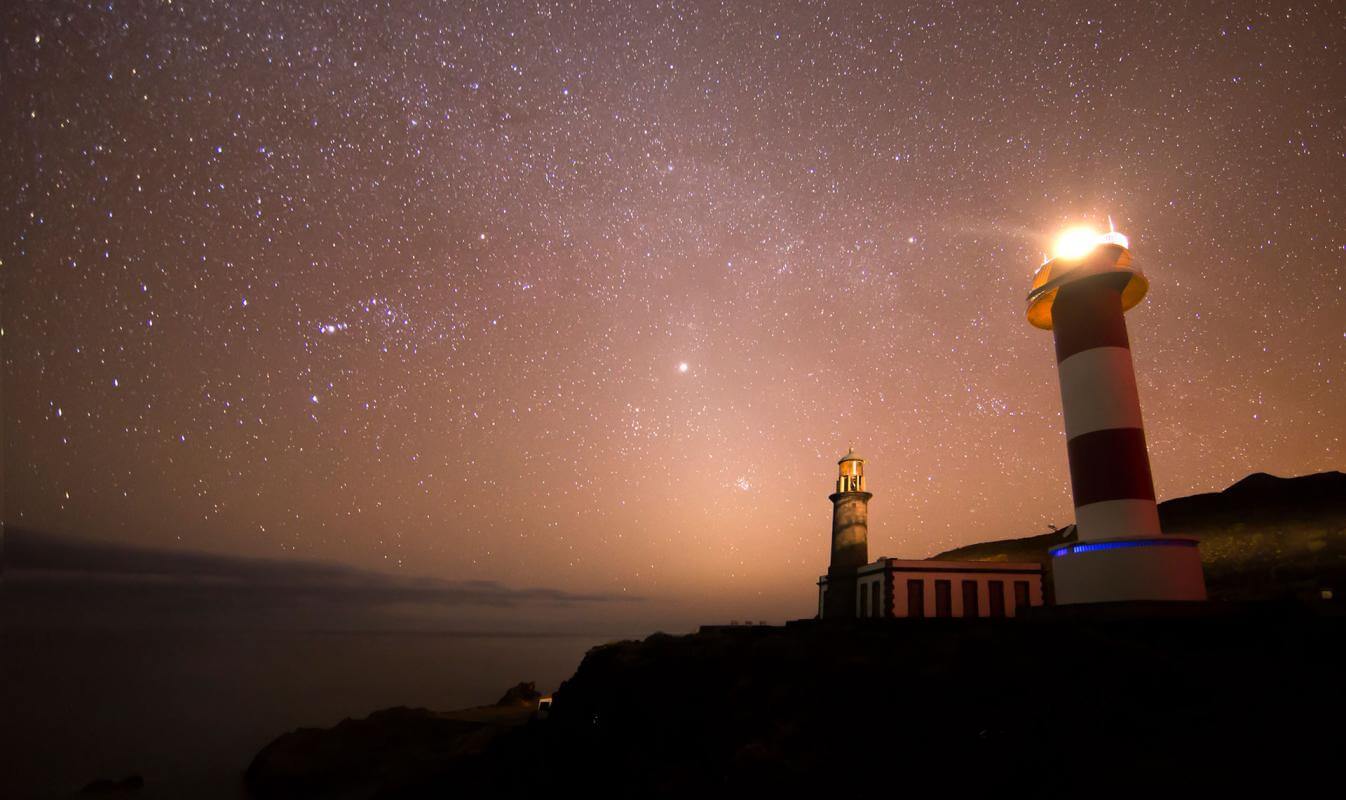
This is how on an ordinary night, while the hours follow each other collecting data at the Roque de los Muchachos Observatory of the Institute of Astrophysics of the Canary Islands, a distant star tells that it is still alive in the colors that can be seen through telescopes. At the same moment, the eyes of a runner in a vertical marathon look to the sky looking for the energy they need to reach the finish line. Without knowing it, they suddenly feel that they can, like a couple who hugs each other at some viewpoint by the Palmerian sea to understand the miracle of life at that moment. In the end, the privileged darkness of the night in La Palma gave everyone a different answer, or maybe the same one..




